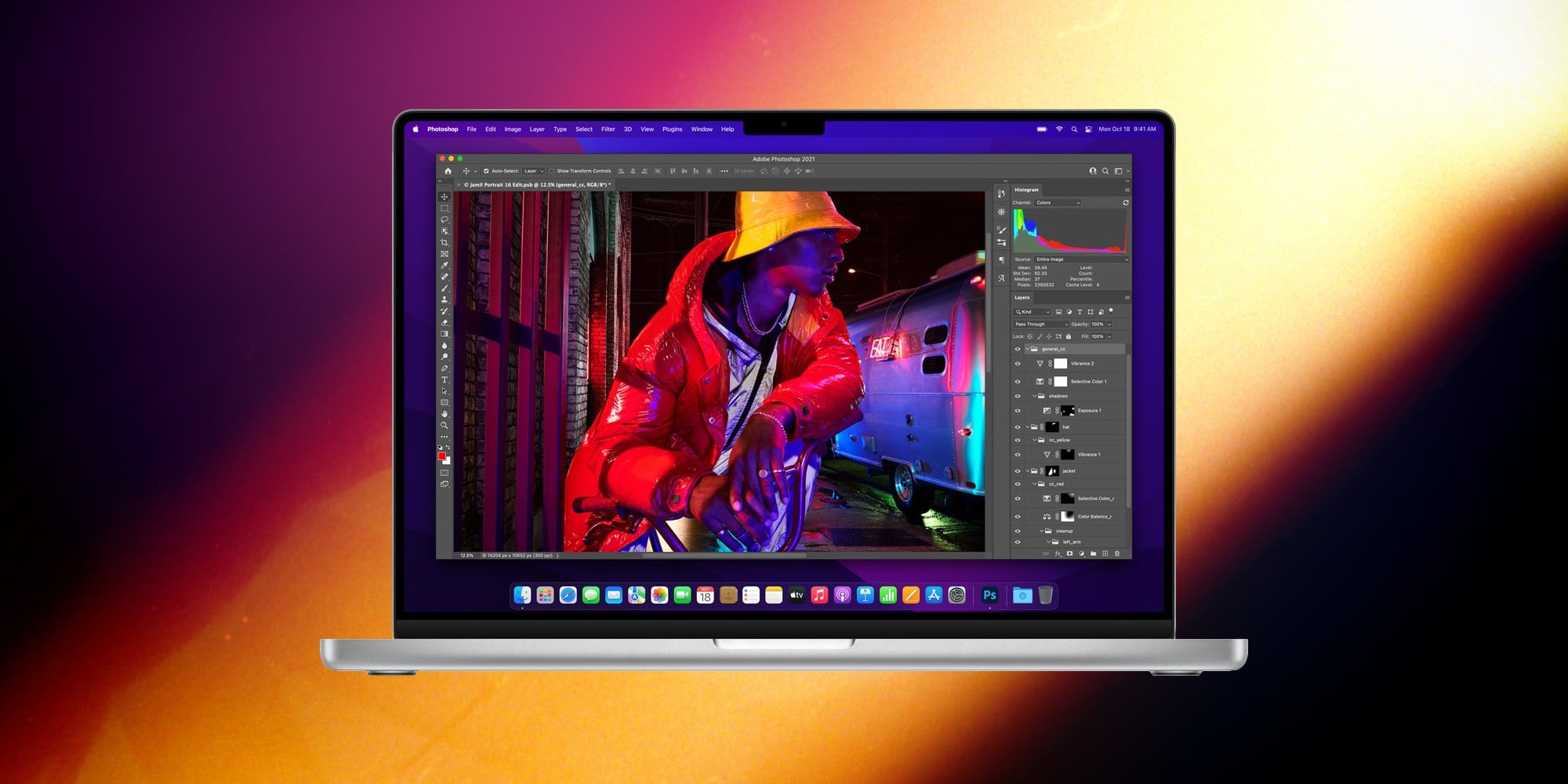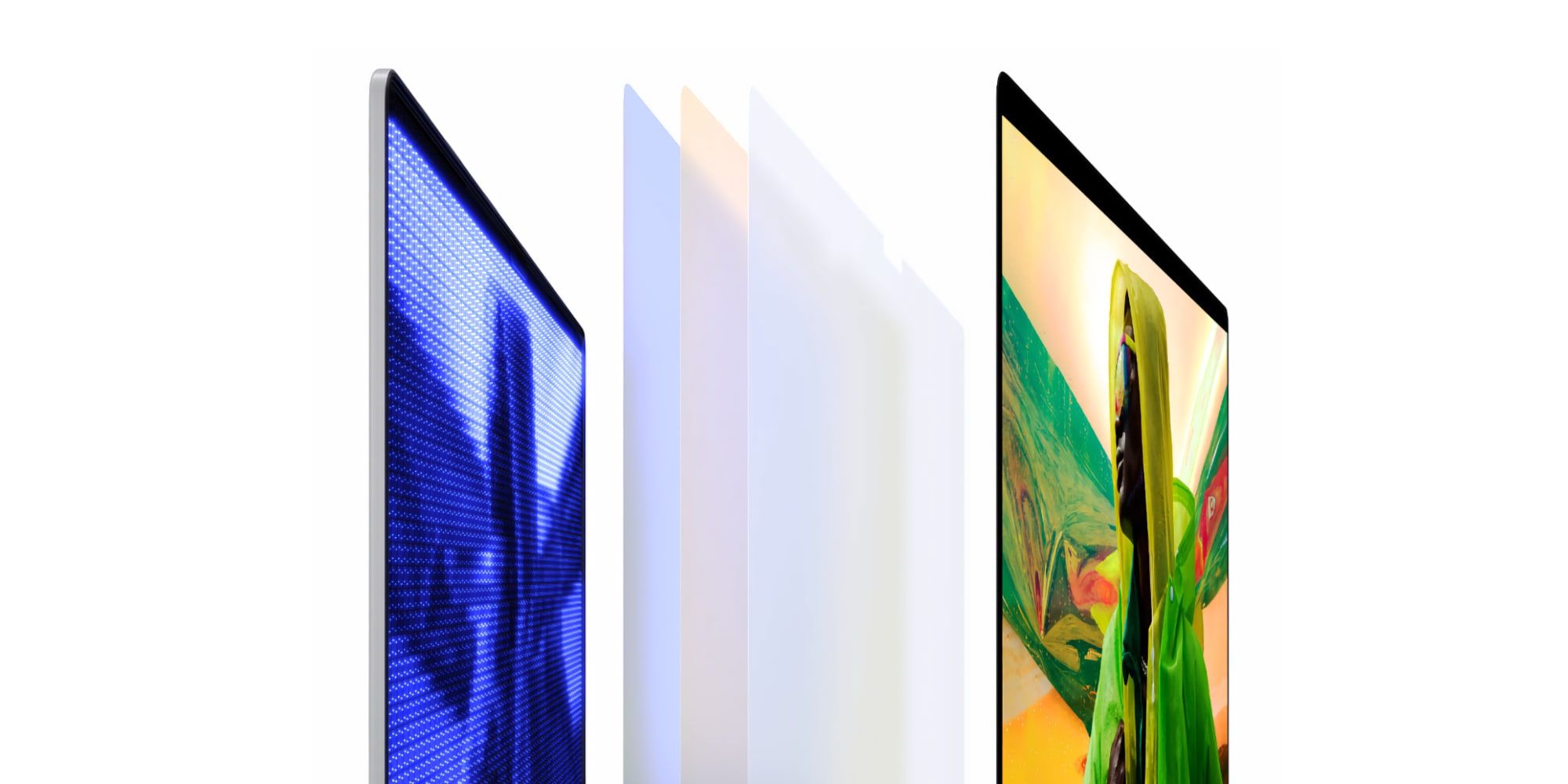The 2021 MacBook Pro features a mini-LED display instead of OLED and this might lead to questions as to why Apple went this route, given that the iPhone 13 series uses OLED. If it works well for the small screen, why not use similar technology for its laptop? After all, Apple users want the best quality display that can deliver a great picture wherever they are.
Apple relied on LCD screen technology for many years after flagship Android phones began adopting OLED (organic light-emitting diode). The advantage to OLED is its deep blacks and vivid colors, something that isn't possible with a standard LCD panel, since a liquid crystal display works by blocking a backlight rather than creating light of its own. That means light must shine continuously behind the screen, which tends to make blacks into dark grays.
While it makes sense that, if OLED is better than LCD, Apple would have chosen that technology for the 2021 MacBook Pro, Apple's best laptop uses an LCD display and the difference is in the backlighting. A relatively new method of illuminating an LCD panel is with mini-LEDs. These are much smaller than normal LEDs and can be packed more densely in a cost-efficient manner. While standard LCD screens often place several LEDs at the edge to light the entire display, Apple's mini-LED display has thousands of lights covering the entire panel more evenly and can be turned off completely, allowing blacks to be blacker in the areas that most need it. This means LCD with mini-LED backlighting can compete well with the super-deep blacks of OLED.
Why Mini-LED Is Better Than OLED
While OLED is the leading technology for smartphones, it isn't usually found on televisions or computer monitors. Some laptops do use OLED and that trend is rising as it did with smartphones. There are some drawbacks to OLED, however. As it is based on an organic phosphor material that degrades over time, this can lead to dimmer pixels and altered colors in some portions of a display. This doesn't happen rapidly but might become noticeable after years of regular use. Smartphones are often replaced more frequently than laptops, so it's more important for the MacBook Pro to use a longer-lasting screen technology than an iPhone.
In 2021, the peak brightness of a laptop display that uses OLED technology is 600 nits. OLED can be made to be brighter, but more energy is consumed to light the display. By comparison, mini-LED is less expensive, and power demands are lower, while achieving even higher brightness levels. Apple's 2021 MacBook Pro can reach a peak brightness of 1,600 nits with a contrast ratio of one million to one. That means it can attain a level of intensity that is difficult to match with OLED in large panels, and why Apple chose mini-LED instead of OLED for its 14-inch and 16-inch MacBook Pro laptops in 2021.
Source: Apple


